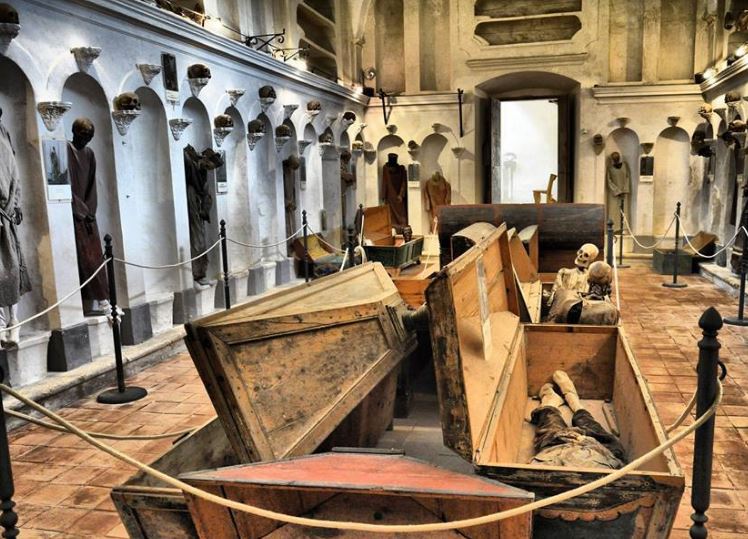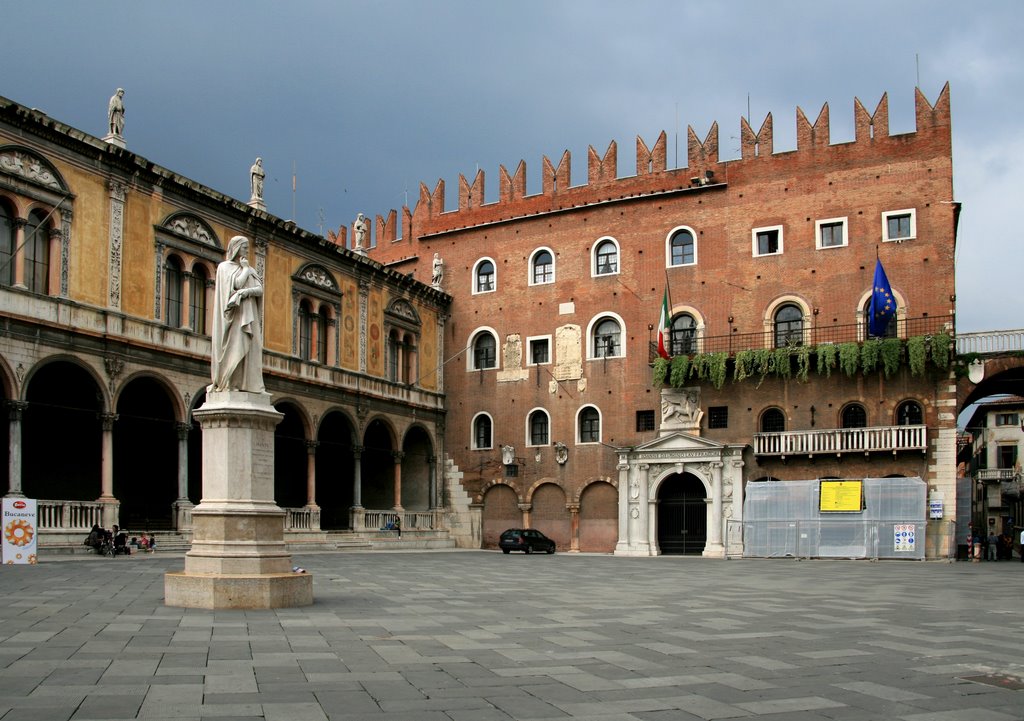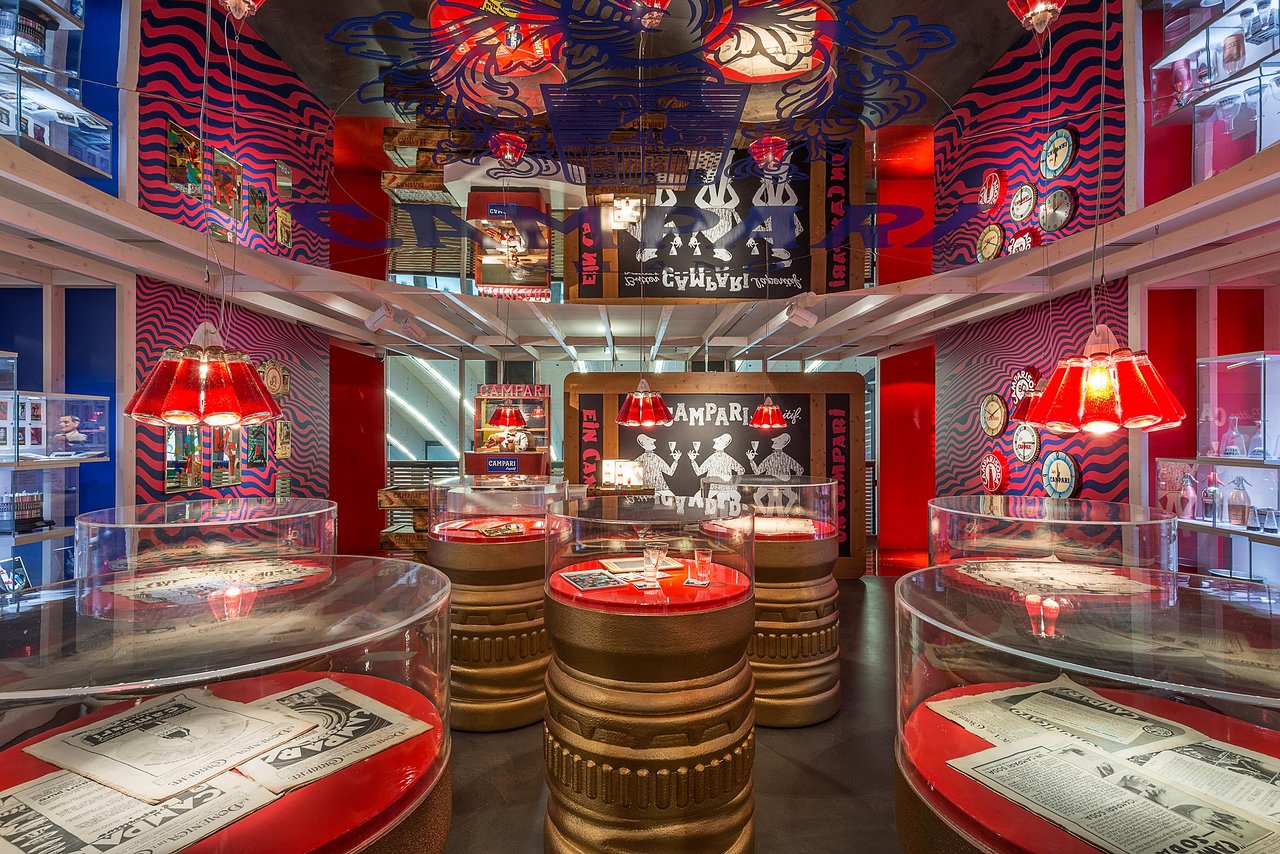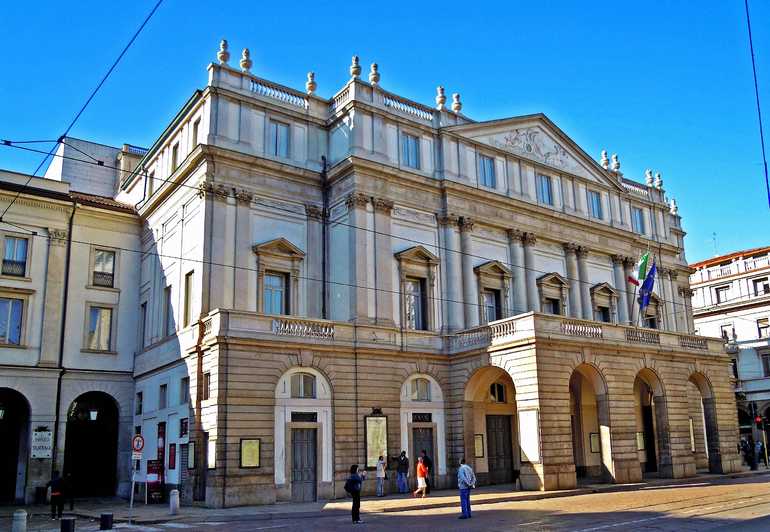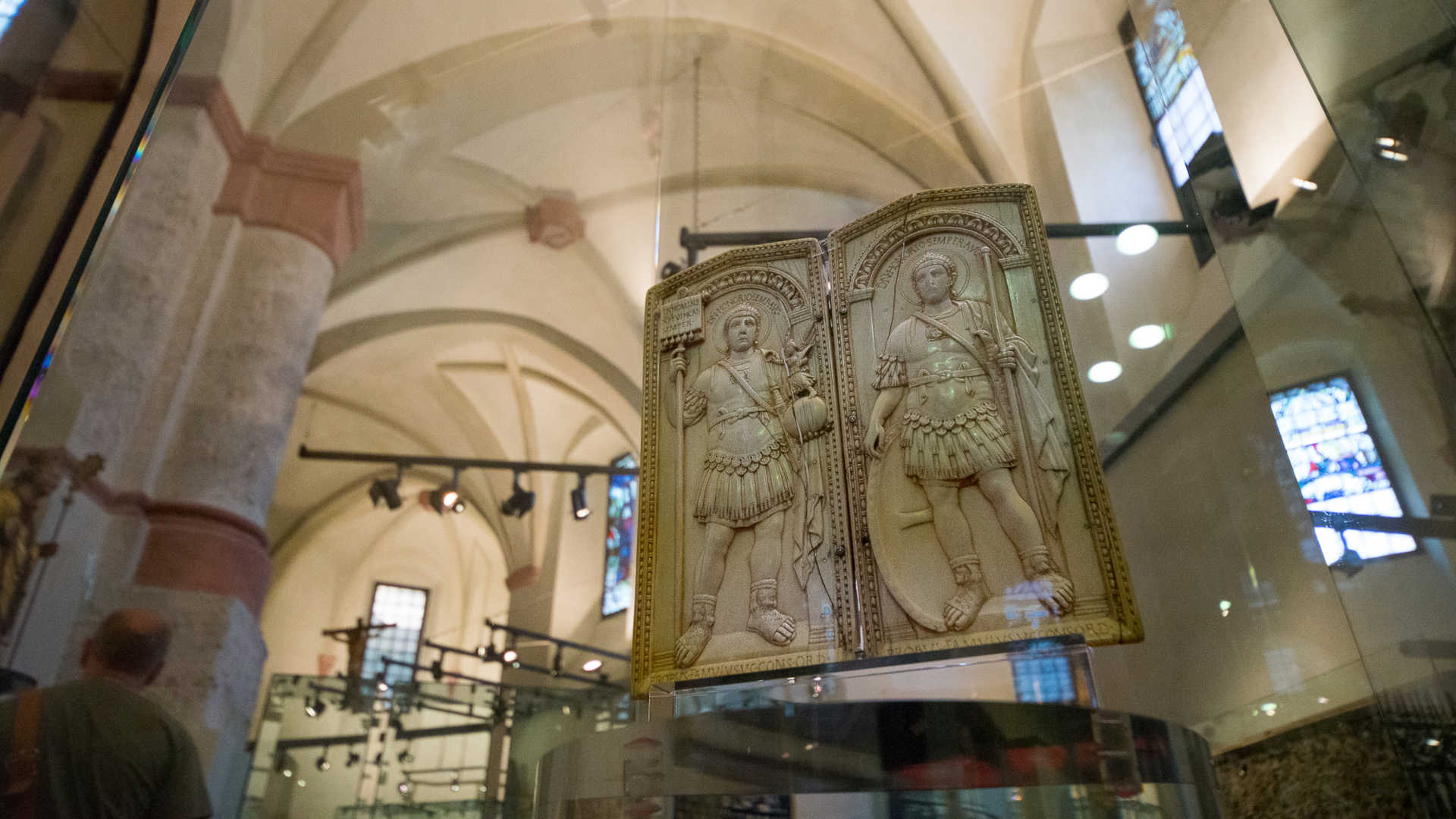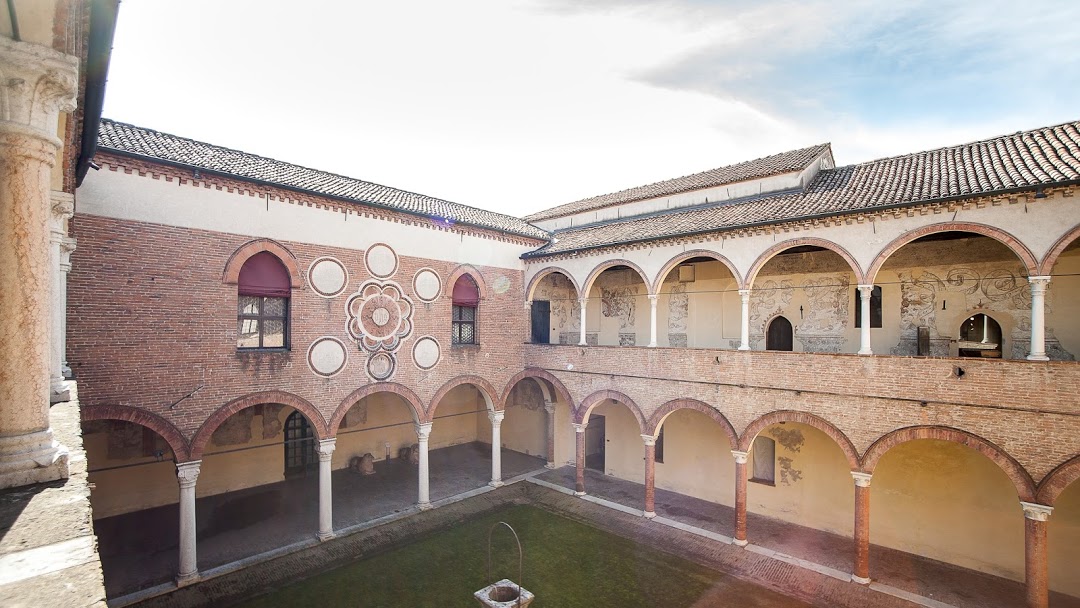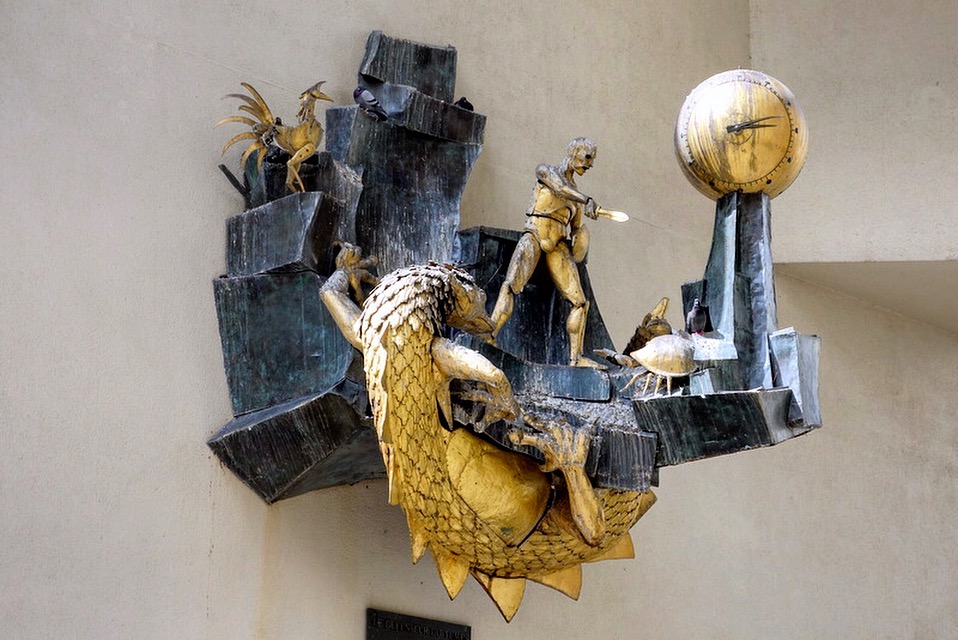The convent of Burgio (built between 1634 and 1647, replacing the primitive hermitage -1580) was later rebuilt following the construction model of Antonio da Pordenone: a single-nave church, covered with a gabled roof, with a rudimentary, unique system of masonry trusses, resting on the vault of the church so that the roof could stand, albeit barely, standing; a very simple facade, facing the town of Burgio, with a small bell gable.
To the left of the nave, the burial, a crypt with small niches to house the mummies of religious and benefactors. On the right, the two-tiered body of the cells of the convent.
The work of rearranging the mummified bodies found in the coffins was not easy: bodies and garments were disinfected and sanitized and, at the end of this procedure, which also involved the use of special technologies and laboratory tests, the bodies were stripped bare to allow the separate restoration of skeletons and tissues.
Everything, including the grave goods, are from the 18th, 10th and 20th centuries. There are also precious fabrics, velvets, silks, taffeta, linen, lace, lace, as well as jewellery, crowns of thorns, rosary beads, scapulars, hats, shoes, stockings and other small objects.
The Capuchins used special techniques for the mummification of corpses: after being stripped bare and purified of their internal organs, the bodies were purged for a year in special colanders and then dried, cleaned and perfumed with aromatic ointments; finally, the bodies were filled with stubble and held up with sticks.
Each corpse took shape through the clothes chosen by the respective families and then were placed in the niches of the crypt or inside the wooden boxes, sometimes together with other family members.
As many as 49 mummies have been found in the Church of the Capuchins in Burgio, and are now on display in the ancient crypt, which has been turned into a museum.
